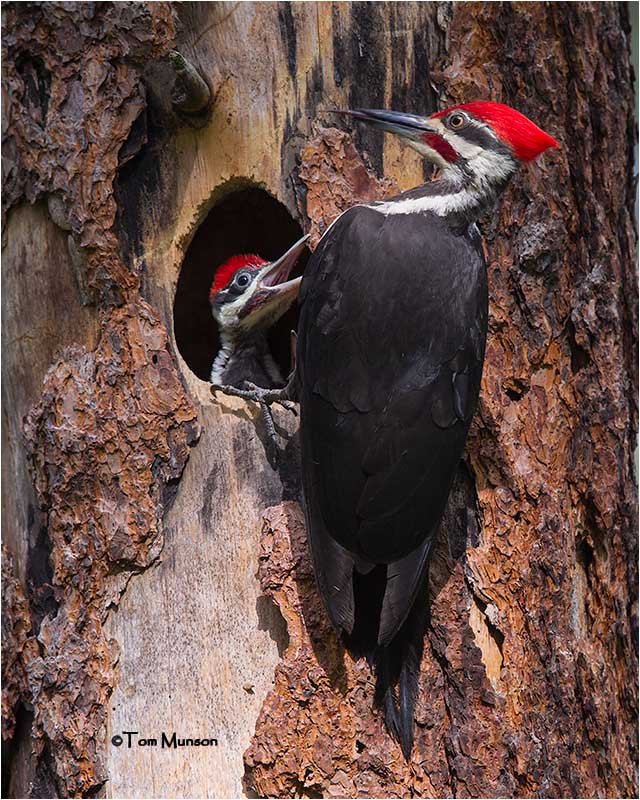When Halloween approaches, some of us go batty. A haunting view of bats − in the Moon’s silhouette with a wart-nosed, broomstick-riding companion − permeates seasonal images. What about that dreadful fear that bats will fly into your hair or worse: suck your blood? Bats are so odd-looking that when I see them in photographs, I sometimes struggle to recognize where the nose starts and ears end. Bats mostly come out at night, fly erratically without feathers, and use sound waves to locate food and other objects, increasing their mystery and strangeness.
Like us, bats are mammals; they are warm-blooded, have hair, bear live young, and feed their babies milk. While they are not blind, the eyesight of most North American bats is relatively poor. Instead of using vision to find food, bats use echolocation. They emit high frequency sounds, inaudible to humans, through their nose or mouth during flight. When these sound waves strike an object, its echo returns to the bat, which uses excellent hearing to locate the object. After interpreting these sound waves, the bat discerns the object’s size, mass, movement, and location. It’s a pretty amazing system.
Bats are the only mammals capable of true flight. They are not flying mice although the jerky flight of the western pipistrelle inspired the name “flitter mouse.” Bats belong to the taxonomic order Chiroptera, which means “hand-wing” or flying hand. The elegant design of bat wings makes them very maneuverable during flight. Four elongated fingers combine with the arm bone to support the wing. Each wing consists of a double membrane of skin, similar to leather in texture. This membrane covers the arm and finger bones and attaches to tiny hind legs and the side of the bat’s body. A small bone, the calcar, projects back from the anklebone to support another membrane that joins the legs. The thumb is free and ends in a claw used for climbing or walking or for hanging in the roost. When flying, bats do not flap their wings up and down like birds but “swim” through the air, using their legs and wings, similar to a human butterfly stroke. Compared to birds, bat wings provide more lift and maneuverability and less drag.
Bats’ furred bodies are adapted for hanging upside down. If you and I spent all day hanging upside-down, we would suffer serious consequences. But bats have physical and chemical adaptations that restrict blood flow to their heads. This allows instant flight from their upside-down position.
Most North American bats eat insects. In fact, a single little brown bat, weighing less than a penny, can catch 1,200 mosquitoes-sized insects in just one hour. Bats common to warmer climates also eat fruit, nectar, and some pollen. Vampire bats, native to Mexico and Central and South America, feed on the blood of birds and mammals. Unlike the infamous Count Dracula, they do not suck blood directly from the animal but use sharp upper incisors and canines to cut and then lap blood from their host.
More than 15 species of bats live in Washington. Of these, eight species are in trouble or listed as species of special concern, meaning they may qualify for endangered species listing. Threats faced by bats include pesticides, wind turbines, habitat destruction, and climate change.
One of the most deadly dangers is white-nose syndrome, a disease caused by a fungus – Pseudogymnoascus destructans − introduced from Europe and discovered in cave dwelling bats in New York during winter in 2006. Since its discovery, the disease has spread rapidly. Until recently, it did not occur west of Nebraska and Minnesota but in March 2016 a little brown bat found 30 miles east of Seattle tested positive for white-nosed syndrome. More than six million bats have died from the fungus that thrives in cold, humid environments, such as caves and mines. As bats hibernate, the fungus invades their skin and interrupts their hibernation when their immunity and fat reserves are already low. But scientists are experimenting with bacteria and other agents to slow the spread and treat affected bats. Many caves have been closed to the public, and in some areas, bat numbers are rebounding. But we still have a long way to go to gain the upper hand against this disease.
Do not believe the folklore that suggests bats are evil. They eat tons of damaging insects, pollinate plants, and disperse seeds. And they need our help. Let’s not be blind to their plight.
